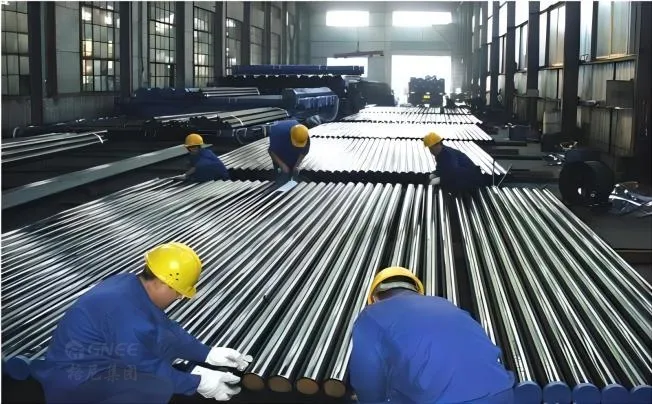Depending on the Steel Pipe’s Material
According to the pipe material (i.e. steel type), steel pipes can be classified as carbon pipes, alloy pipes, stainless steel pipes, etc. There are two types of carbon pipes: standard carbon steel pipes and superior carbon structural pipes. Low alloy tubes, alloy structural tubes, high alloy tubes, and high strength tubes are additional categories for alloy tubes. Bearing tubes, stainless steel tubes that can withstand heat and acid, Kovar-type precision alloy tubes, and high-temperature alloy tubes.
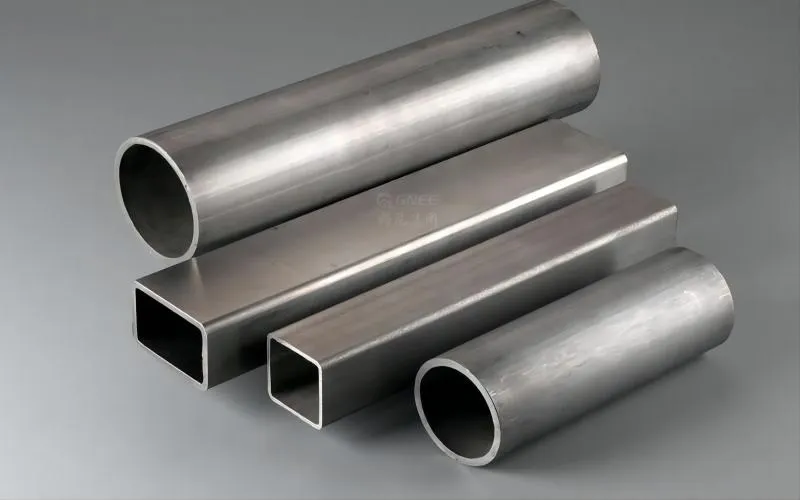
Stainless Steel Pipe’s Production Method
According to the methods of production, stainless steel pipes are separated into two groups: seamless pipes and welded pipes. Additionally, seamless steel pipes can be broken down into extruded, hot-drawn, cold-drawn, and rolled pipes. Steel pipes undergo secondary processing in the form of cold-drawn and cold-rolled pipes; welded pipes are further classified into spiral and straight seam varieties.
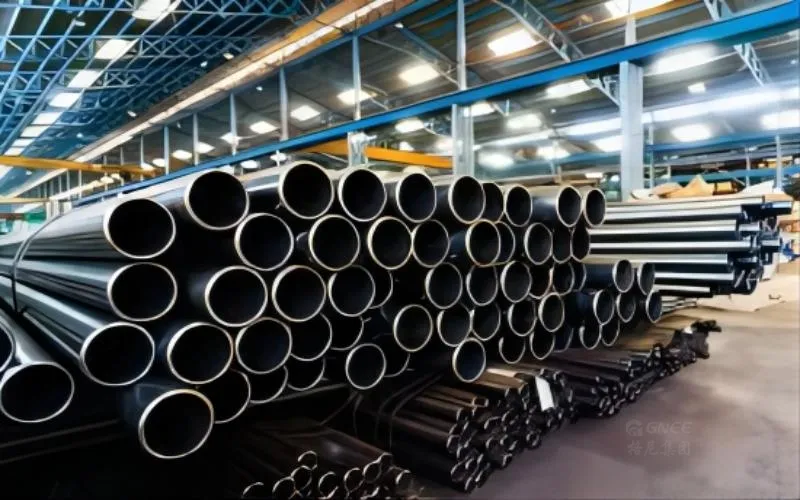
Sectional Form of Stainless Steel Pipe
Circular and irregular stainless steel pipes can be distinguished by their cross-sectional shape. Rectangular pipes, diamond pipes, elliptical pipes, hexagonal pipes, octagonal pipes, and numerous asymmetric pipes with varied cross-sections are examples of special-shaped pipes. Specially shaped pipes are frequently employed in numerous mechanical, tool, and structural components. Uneven pipes typically have higher moments of inertia, cross-sectional moduli, and bending and torsion resistance than circular pipes, which can significantly reduce structural weight and save steel.
According to their longitudinal shape, stainless steel pipes can be classified as equal-section pipes and variable-section pipes. Conical, stepped, and periodic cross-section pipes are examples of pipes with variable cross-sections.
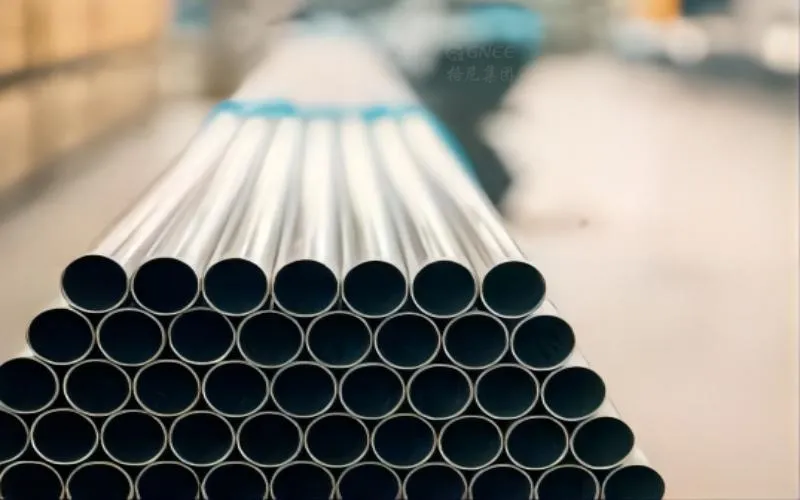
Stainless Steel Pipe End Form
Depending on how the pipe ends are treated, stainless steel pipes can be classified as smooth pipes or threaded pipes (with threaded steel pipes). In addition, there are two types of car thread pipes: ordinary car thread pipes (low-pressure pipes for transporting water, gas, etc., connected with standard cylindrical or conical pipe threads) and special thread pipes (pipes for drilling in the earth’s crust and significant car thread pipes connected with special threads). For some particular pipes, the pipe end is typically thickened (internally, externally, or both internally and externally) before the car thread to make up for the effect of threads on the strength of the pipe end.
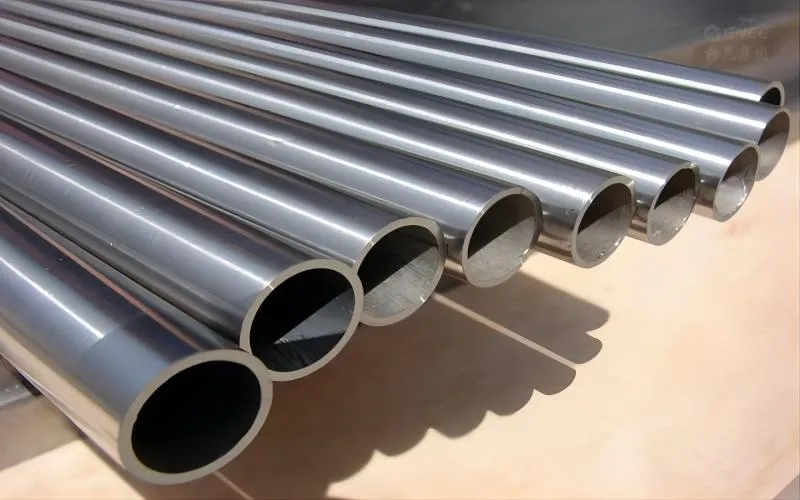
Categorization of Pipe Usage
Oil well pipes (casing, oil pipes, drill pipes, etc.), pipeline pipes, boiler pipes, mechanical structure pipes, hydraulic support pipes, gas cylinder pipes, geological pipes, chemical pipes (high-pressure fertilizer pipes, petroleum cracking pipes, and ship pipes) are some of the different types of pipes based on their usage.
1. Pipes for pipes, to start. For instance, seamless pipes for water, gas, steam, oil, and oil and gas trunk lines. sprinkler pipes and faucets for agricultural irrigation.
2. Thermal equipment pipes: Boiler pipes with high temperatures and high pressures include general boiler boiling water pipes, superheated steam pipes, superheated pipes for locomotive boilers, large and tiny smoke pipes, arch brick pipes, and pipes for general boilers that carry boiling water.
3. Pipes used in the equipment sector: For instance, round, elliptical, and flat elliptical tubes for aviation structural purposes; semi-axle and axle tubes for automobiles; structural tubes for automobile tractors; oil cooler tubes for tractors; square and rectangular tubes for agricultural machinery; tubes for transformers; bearing tubes; and others.
4. Petroleum and geological drilling pipes: such as drill pipe, petroleum oil pipe, oil casing, different pipe joints, geological drilling pipe (a core pipe, casing, active drill pipe, drilled by hoop and pin joints, etc.); oil drilling pipe; oil drilling pipe (square drill pipe and hexagonal drill pipe); drill pipe; petroleum oil pipe; oil casing; etc.
5. Chemical industry pipes: Examples include pipes for carrying chemical media, heat exchangers and pipeline tubes for chemical equipment, stainless steel tubes resistant to acids, and high-pressure tubes for fertilizers.
6. Other divisions make use of the pipe: For instance, tubes for high-pressure gas cylinders and other types of containers, tubes for instruments, tubing for watch cases, tubes for injection needles, and tubes for medical equipment.
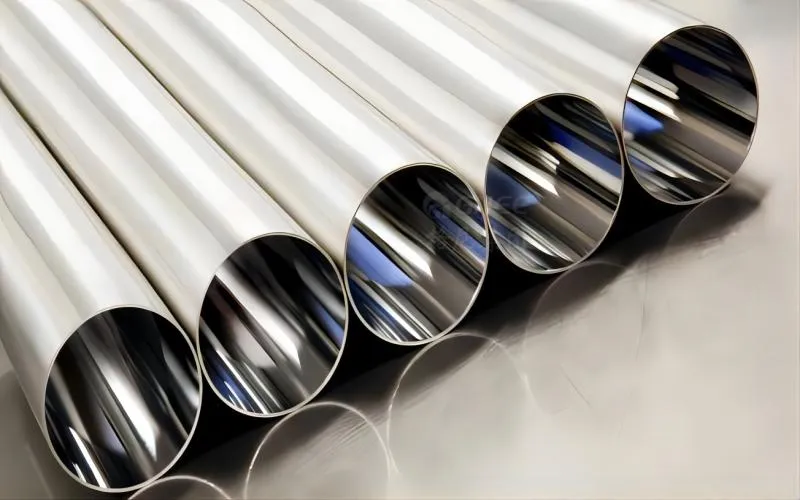
Summarize
To conserve precious metals and satisfy unique requirements, stainless steel pipes are segmented according to the material into standard carbon steel pipes, high-quality carbon structural steel pipes, alloy structural pipes, alloy steel pipes, bearing steel pipes, and stainless steel pipes. Stainless steel pipes come in a variety of forms with various applications, technical specifications, and manufacturing processes.


